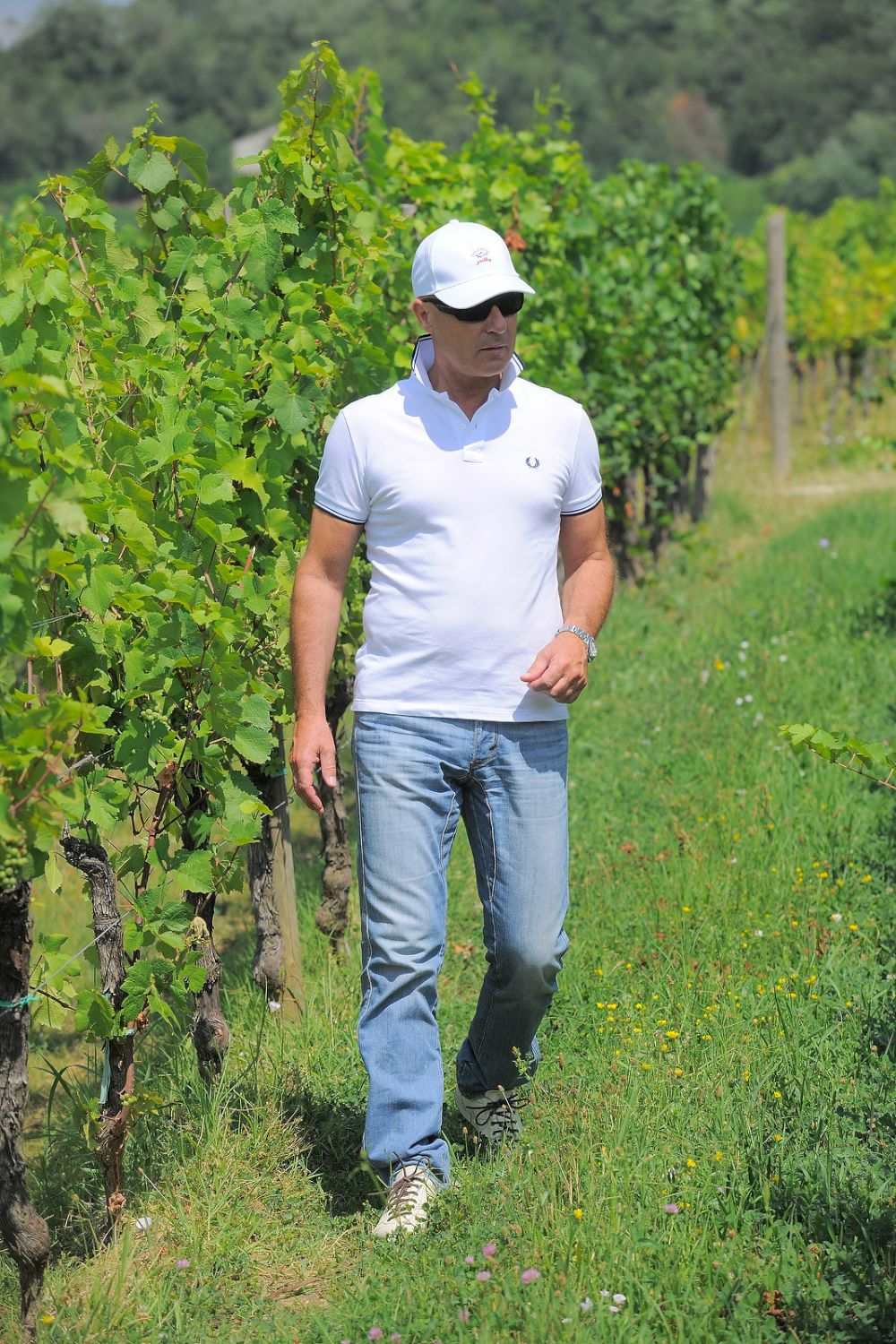The Wolf Post offers a professional service with free access, without subscription.
For this reason, a donation would also be a sign of appreciation for our work.
If in the second half of the nineteenth century European viticulture had to face the problem of phylloxera, today, and in the next few years, it will have to face a new obstacle: climate change.
A global problem, which requires common policies on a global level.
To understand how the national wine sector is analyzing and evaluating the first important signs of climate change, we asked the winemaker for an opinion who illustrates his experience.

© Ph. Gianni Menotti Enologo
Climate change has significantly altered important areas of our planet. According to your professional experience, are these changes already taking place in Italy too?
Unfortunately, nature will always have the upper hand over man, even if we can limit the damage with specific viticultural or agronomic techniques, with dedicated machinery or with special protections. For example, by choosing for certain areas the grape varieties most suited to the climate of that area and, within them, specific clones or rootstocks, more versatile pruning techniques, particular fertilizations, irrigation systems with better water savings, land management that varies according to the seasons and so on.

© Gianni Menotti Winemaker
In some countries of Northern Europe (Denmark and Sweden), albeit in minimal quantities, they have begun to produce wine. Studies speculate that in 50 years the climate of these countries will be at the level of Northern France. What do you think of these studies and, in his opinion, could they become the new frontiers of wine in Europe?
On the chance that, in some more northern territories, grapes can be produced this is possible but let’s not forget that, however, there will always be seasons and if the winter is too cold the vine will not be able to live as well as the inclination of the sun which becomes limiting in the Nordic countries, especially during ripening. Moreover, the soil, perhaps, is not so dedicated to quality viticulture.

© Gianni Menotti Winemaker
As for the Italian situation, are you aware of the planning or construction of new plants at heights above sea level which were unthinkable until “yesterday”? How do you hypothesize this change and what will be the difficulties of this oenological “readjustment”?
In addition to the foregoing, altitude viticulture also has great limits which may be the cost-effectiveness of production linked to the slopes, mechanization but, above all, to the different agronomic components, compared to traditional latitudes. However, I recognize, certain territories could give excellent results and I, for example, am working for a company located at 800 meters above sea level, with very interesting pedoclimatic characteristics and with truly exceptional product quality. So anything is possible!








